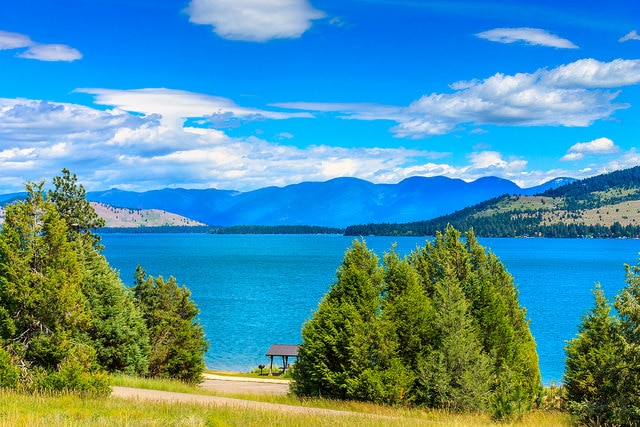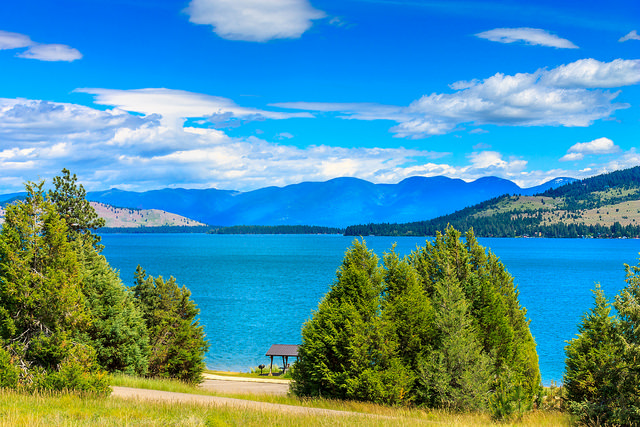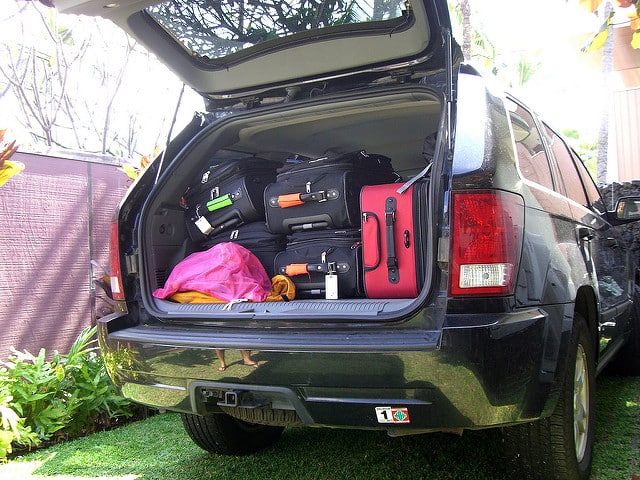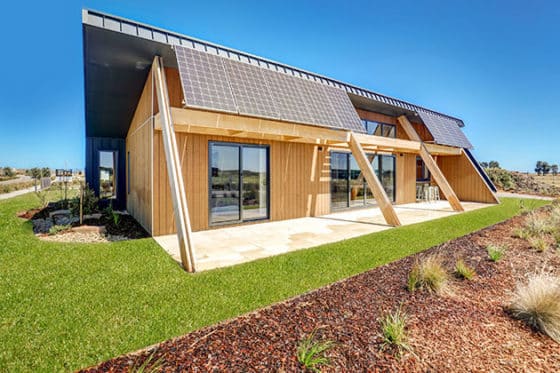
Biofriendly Ways Your Kids Can Help Save the Planet
Parents, whether they realize it or not, lead by example. It’s more about what you do and less about what you say should be done. Think about it…while it may not seem like your kids are listening all the time, they are watching very closely. They see when you leave the water running unnecessarily. They notice when you throw away items you could reuse or recycle. They see when you grab for a reusable bag instead of a plastic bag and when you opt for plastic-free alternatives. They watch when you put food scraps in a compost bin instead of in the trash. Your actions do not go unnoticed.
10 Simple Ways Your Children Can Contribute to Saving the Planet
Kids want to contribute. They want to make a difference. They don’t just want to be told the planet needs saving, they want to be shown what they can do to help save it. As their parents, it’s our job to teach them. Here are 10 simple ways your children can help save the planet starting today:
1. Get and use a plastic-free, reusable water bottle.
Instead of sending your kid to school with a plastic water bottle, have them pick out their own stainless steel, reusable water bottle. Not only will they be making an environmentally-friendly choice, but it will be their own. Many schools also have filling stations where your kid can refill his or her water bottle throughout the day to stay hydrated. Plastic-free, reusable water bottles are also perfect for road trips, a day at the beach, sporting events and pretty much any other time.
2. Ditch plastic straws.
My kids used to beg us to buy those bags of colored plastic straws. Now they are clamoring to use the stainless steel ones we have. They love them so much they don’t even mind washing and drying them when they’re done. Other biofriendly straw options include glass straws and bamboo straws. Many times straws aren’t even needed, but if your kids do want to use straws, help them choose a plastic-free alternative.
3. Bring reusable school lunch containers.
If your children bring their own lunches to school, help them pick out reusable school lunch containers. Make it their goal to have a zero waste meal. No plastic bags. No plastic tableware. Everything, other than the food they are going to eat, should be able to come home, washed and reused the next day. With so many options available these days, finding ecofriendly school lunch containers should be no problem.
4. Monitor water usage.
Task kids with monitoring their own water usage. Get them in the habit of turning off the water faucet when brushing their teeth. Keeping to short showers and even turning off the water when soaping up or putting shampoo in their hair. Whether you live in a drought-stricken area or not, being aware of water usage can help curb waste and conserve water for the future.
5. Make donations the name of the game.
Instead of kids getting in the habit of tossing away toys, clothes and books they no longer use, why not make donations the name of the game? They can then take all of the gently-used toys, books, furniture or clothes they’ve grown out of to a charity of their choice. My kids think it’s great to donate items they no longer use, particularly since they know it may give another child a chance to have something they might not have been able to afford otherwise.
6. Switch to rechargeable batteries.
Instead of buying one-use batteries almost every time you go to the store, invest in rechargeable batteries. This is particularly good for those kids who love to play Fortnite and other video games during their free time. As so many toys and electronics require batteries, it’s not only an environmentally-friendly decision, it’s a financially sound one too.
7. Think before you trash.
Unless kids are taught otherwise, they won’t even think twice about throwing anything they consider to be garbage in the trash can. If you educate your kids and teach them the difference between what goes in the trash, what can be recycled and what can become compost, they’ll begin the make these smart decisions on their own. Set up a recycling bin at home. Your kids can even make signs or attach pictures of what goes in the recycling bin. Then set up a composting bin and/or pile in your yard. Doing this one step of dividing your trash dramatically reduce the amount of waste you and your family generate.
8. Lights out.
Have you ever walked into a house where it seemed like all the lights were on, regardless of whether anyone was in the room or not? Leaving the lights on for no reason wastes energy and money. Encourage your kids to turn off the lights when they leave a room. During the day, get them in the habit of opening their blinds to let in natural light rather than flicking the switch.
9. Unplug when not in use.
Make unplugging the cool thing to do. Get kids to unplug appliances when not in use. For example, if they use the toaster, it should be unplugged when they are done. It’s a simple step, but one that’s often missed. Plugged in appliances continue to suck vampire or phantom electricity. Get kids to not only turn off their electronics, but unplug them when not in use.
10. Opt for reusable instead of single- or one-use.
Convenience seems to be the overwhelming idea in this day and age. It’s actually quite a deceptive word, particularly when referring to single- or one-use items. While it may appear more convenient in the moment to use a plastic cup, paper plate or any type of plasticware at a meal, it’s actually more harmful to the environment in the long term than choosing reusable tableware. When thrown away, plastic single- and one-use items go straight to the landfill or worse yet, make it into our rivers, streams and oceans. Often times this type of trash ends up polluting our parks, beaches and other areas out in nature.
Many kids have seen the movie Wall-E, so they know how loading up the earth with trash could turn out….not good.
Make These Actions Part of Their Every Day Lives
Getting kids to adapt these habits and routines early on can help make these actions a normal part of their every day lives. Pretty soon they won’t be thinking about having to do them, they’ll just do them naturally because that’s what you do.
As stated in this North American proverb:
We do not inherit the earth from our ancestors, we borrow it from our children.”
It is therefore our job to not only help protect the earth for their benefit, but to teach them to do the same.




Post a comment